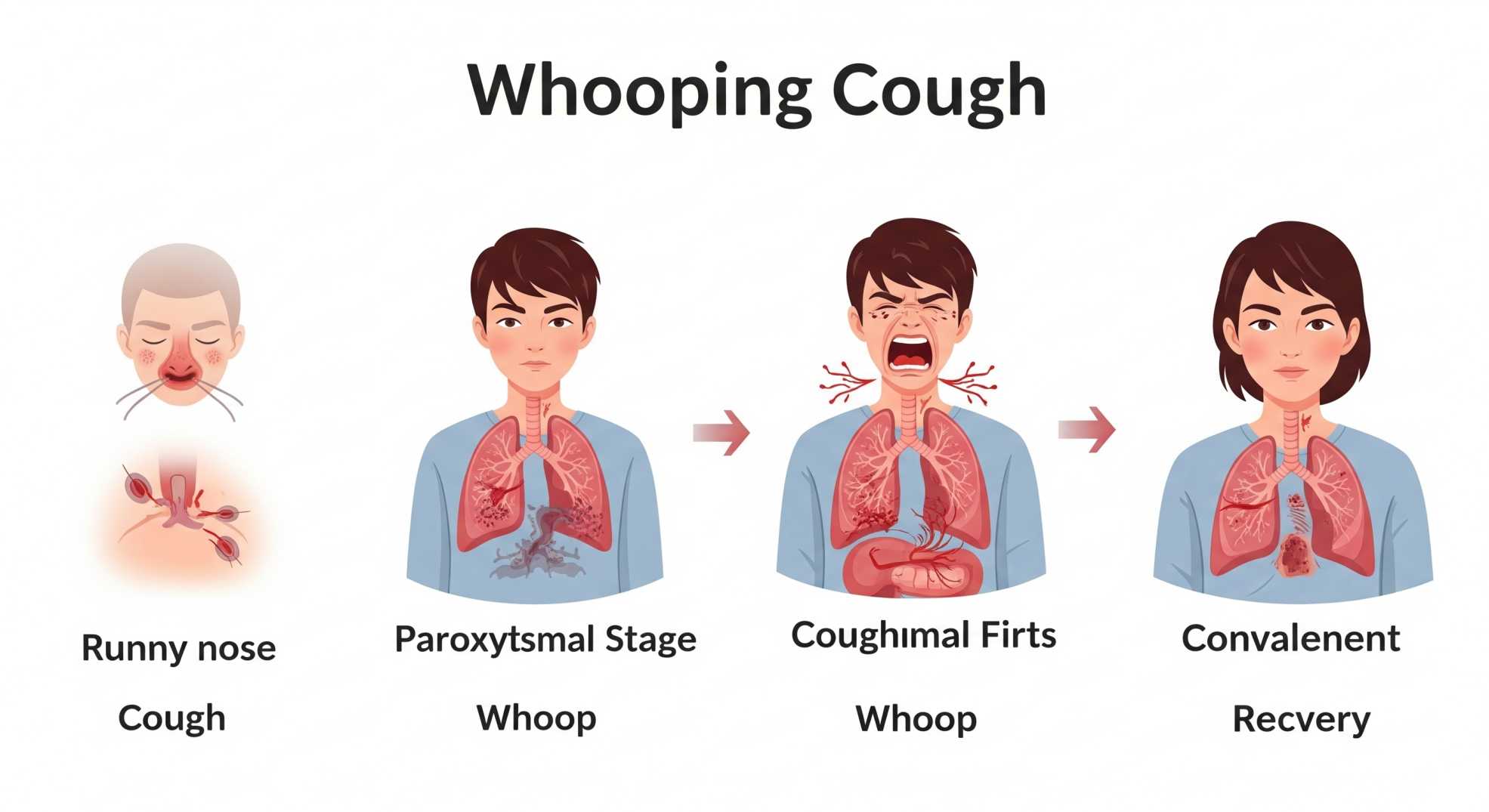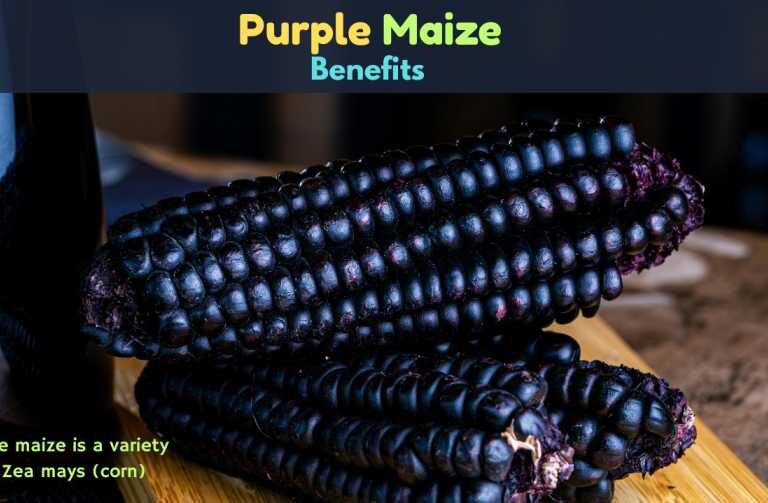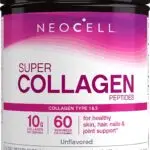Whooping cough, medically known as pertussis, is far from a relic of the past. This highly contagious bacterial respiratory infection continues to pose a significant health threat, particularly to vulnerable populations like infants, even in a developed nation like the United States.
With recent news highlighting its ongoing presence, a comprehensive understanding of whooping cough—its causes, symptoms, treatment, and most importantly, prevention—is crucial for public health and individual well-being.
This in-depth analysis will shed light on the intricacies of pertussis, drawing insights from leading medical institutions and health organizations, and underscore the critical role of vaccination in safeguarding communities.
The Silent Threat: What is Whooping Cough (Pertussis)?
Pertussis is caused by the bacterium Bordetella pertussis, which attacks the lining of the airways, leading to inflammation and a buildup of thick mucus. Unlike many common colds, whooping cough is characterized by severe, uncontrolled coughing fits that can make it difficult to breathe. The distinct “whooping” sound that often accompanies the forceful inhalation after a coughing bout gives the disease its common name.
While whooping cough can affect individuals of any age, its impact is most severe on infants, especially those who are too young to be fully vaccinated or whose mothers were not vaccinated during pregnancy.
For these youngest patients, pertussis can lead to life-threatening complications, making early recognition and aggressive management paramount. The highly contagious nature of the infection means it can spread rapidly through communities, emphasizing the need for robust public health measures and widespread immunity.
Unmasking the Symptoms: A Three-Stage Progression
The presentation of whooping cough can be insidious, often mimicking a common cold in its initial stages, making early diagnosis challenging. Recognizing the progression of symptoms is vital for prompt medical intervention.
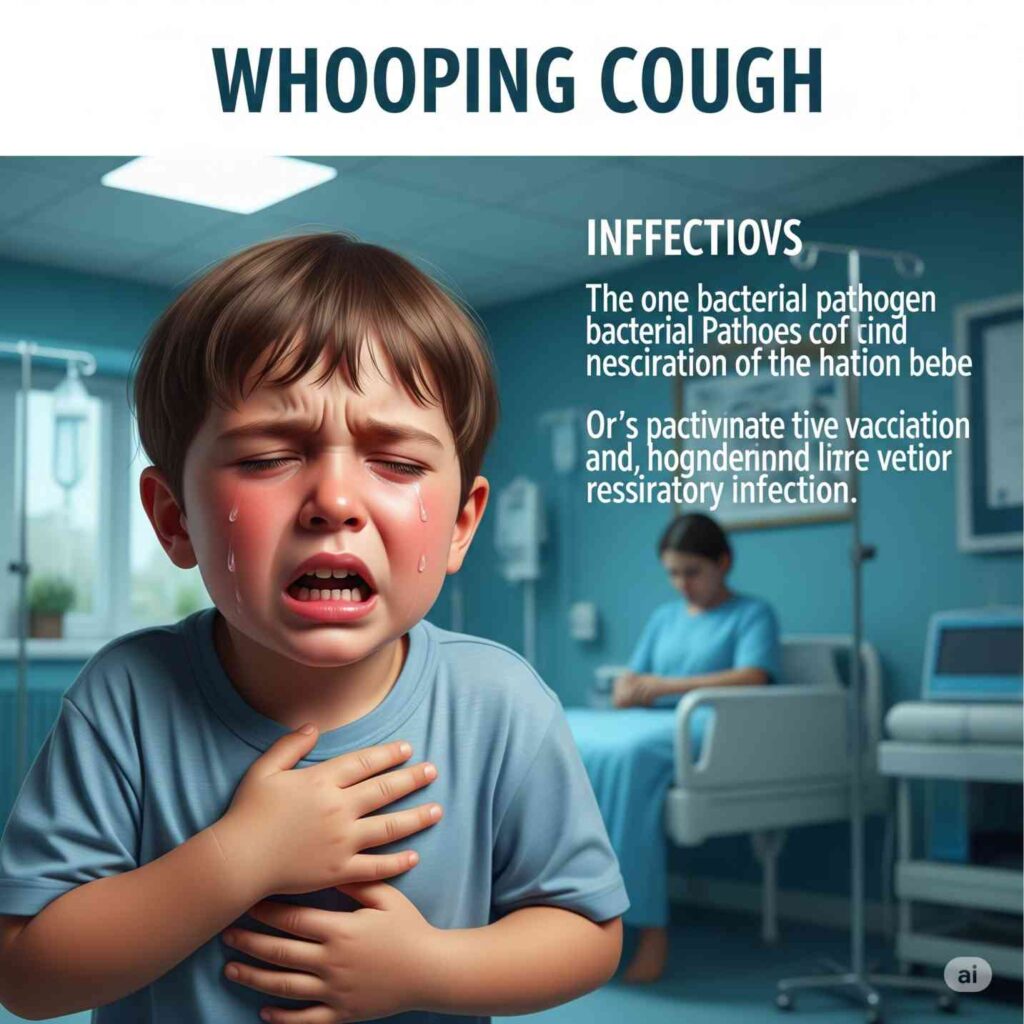
Stage 1: Catarrhal Stage (1-2 weeks) This initial phase is characterized by mild, non-specific symptoms that can easily be mistaken for a common cold or allergies. Individuals may experience:
- Runny nose
- Sneezing
- Low-grade fever
- Mild, occasional cough
During this stage, the bacteria are highly active in the respiratory tract, and the infected individual is most contagious, unknowingly spreading the illness to others.
Stage 2: Paroxysmal Stage (1-6 weeks, or longer) This is the most debilitating phase, marked by the characteristic severe coughing fits. As the bacteria multiply and cause further inflammation, the cough intensifies and becomes more frequent. Key features of this stage include:
- Violent, rapid, and uncontrollable coughing spells: These “paroxysms” can occur repeatedly, often in quick succession, until the air is expelled from the lungs.
- The “Whoop”: After a bout of coughing, the individual may take a sudden, deep, high-pitched breath, creating the distinctive whooping sound. This sound is more common in children but may be absent in infants, teenagers, and adults.
- Post-tussive vomiting: The intensity of the coughing can often lead to vomiting, exhaustion, or even temporary loss of consciousness.
- Cyanosis: Due to the difficulty in breathing during coughing fits, lips and skin may turn bluish.
- Difficulty breathing: Infants, in particular, may struggle to breathe even without the classic “whoop,” sometimes appearing to stop breathing entirely (apnea).
Stage 3: Convalescent Stage (Weeks to Months) During this recovery phase, the coughing fits gradually become less frequent and less severe. However, recovery can be prolonged, lasting for weeks or even months.
Patients may experience residual coughing, especially when exposed to irritants or during periods of respiratory illness. The persistent cough can be frustrating and disruptive, but the overall severity of the disease diminishes.
The Chain of Infection: How Pertussis Spreads
Whooping cough is highly contagious, transmitted through airborne droplets when an infected person coughs or sneezes. The bacteria are carried in these droplets and can be inhaled by others in close proximity.
The contagious period typically begins in the early stages of the illness and can last for several weeks after the onset of coughing, unless antibiotics are administered. This extended period of transmissibility, especially when symptoms are mild and non-specific, contributes to the rapid spread of pertussis within communities.
Recognizing the Danger: Complications of Whooping Cough
While whooping cough can be a severe illness for anyone, certain populations face a higher risk of serious complications. Infants under one year of age are particularly vulnerable, with many requiring hospitalization due to the severity of their symptoms.
Common complications, especially in infants, include:
- Pneumonia: Bacterial pneumonia is the most frequent complication, often requiring hospitalization and aggressive treatment.
- Apnea: Temporary cessation of breathing, most commonly seen in infants. This can be life-threatening.
- Seizures: Prolonged lack of oxygen during severe coughing fits can lead to seizures.
- Encephalopathy (brain disease): Though rare, severe and prolonged oxygen deprivation can result in brain damage.
- Weight loss and dehydration: Due to vomiting and difficulty feeding.
- Rib fractures: From the force of severe coughing.
- Ear infections.
Older children, teenagers, and adults generally experience less severe complications, but they can still suffer from rib fractures, urinary incontinence, and fainting spells related to the intense coughing. For pregnant women, whooping cough can be a significant health concern, not only for their own well-being but also due to the risk of transmitting the infection to their newborn, who would be highly vulnerable.
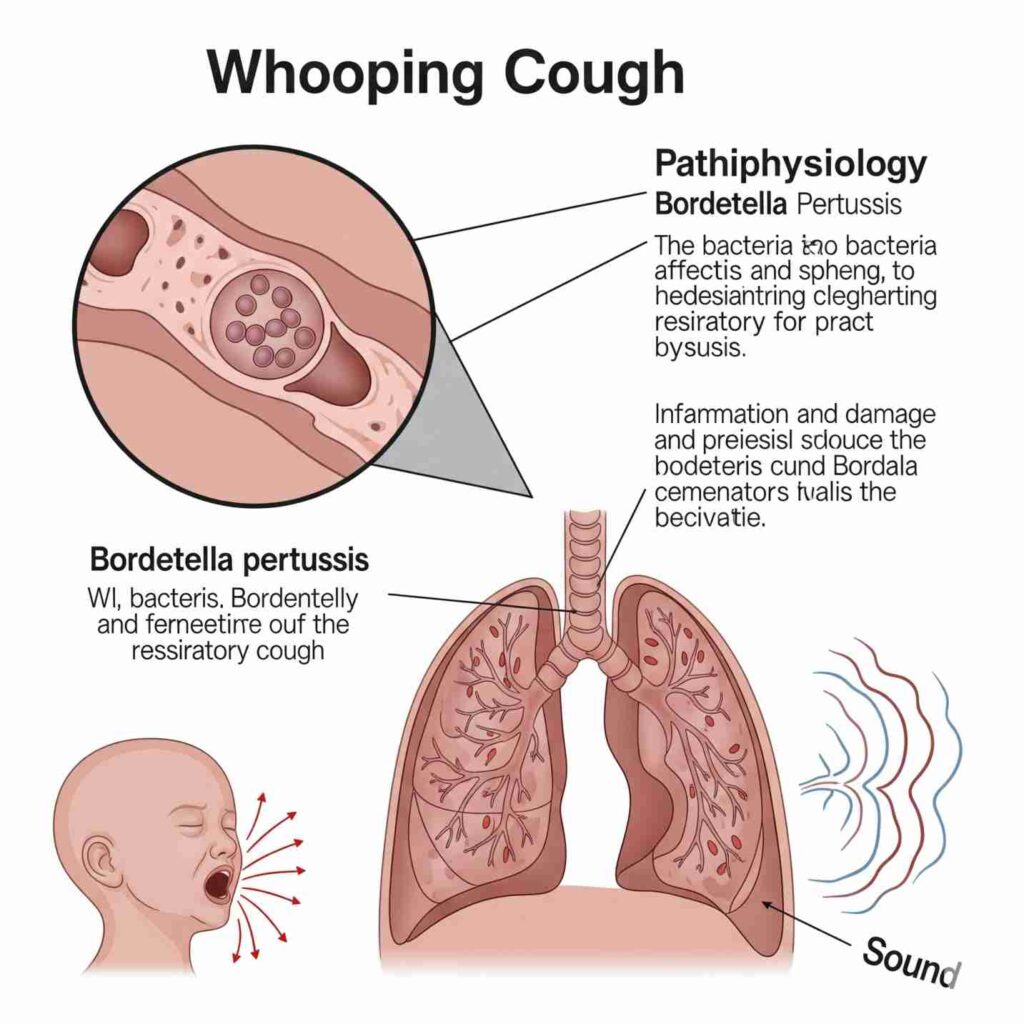
Diagnosing Pertussis: Confirming the Cause
Given the non-specific initial symptoms, diagnosing whooping cough can be challenging. Healthcare providers rely on a combination of factors:
- Medical history: Including details about the onset and nature of the cough, potential exposure to whooping cough, and vaccination status.
- Physical examination: To assess respiratory status and general health.
- Laboratory tests:
- Nasal or throat swab: A sample of mucus is collected from the back of the nose or throat and tested for the presence of Bordetella pertussis bacteria using PCR (polymerase chain reaction) or culture. PCR is often preferred due to its higher sensitivity and faster results.
- Blood tests: While less common for acute diagnosis, blood tests can sometimes help identify antibodies to the bacteria, indicating a recent or past infection.
Treating Whooping Cough: Medical Interventions
Early diagnosis and treatment are critical for whooping cough, especially in infants.
- Antibiotics: Macrolide antibiotics (such as azithromycin, erythromycin, or clarithromycin) are the primary treatment. When administered early in the course of the disease (during the catarrhal stage), antibiotics can lessen the severity and duration of symptoms and, most importantly, reduce the contagious period. Even in later stages, antibiotics are recommended to prevent the further spread of the bacteria.
- Supportive care: For infants and severe cases, hospitalization may be necessary to provide supportive care, including:
- Oxygen therapy: To assist with breathing.
- Intravenous fluids: To prevent dehydration, especially if vomiting is frequent.
- Suctioning of mucus: To clear airways.
- Managing symptoms at home: For milder cases in older children and adults, symptomatic relief can include:
- Getting plenty of rest.
- Drinking fluids to stay hydrated.
- Eating small, frequent meals to avoid vomiting.
- Using a cool-mist humidifier to soothe irritated airways.
- Avoiding cough suppressants, as coughing helps clear the mucus.
The Cornerstone of Protection: Whooping Cough Vaccination
Vaccination is the most effective and crucial strategy for preventing whooping cough and controlling its spread. The Centers for Disease Control and Prevention (CDC) and other health organizations strongly recommend routine vaccination.
Key Vaccination Recommendations:
- DTaP Vaccine (Diphtheria, Tetanus, and acellular Pertussis): This vaccine is given to infants and young children. A series of five doses is recommended:
- At 2, 4, and 6 months of age.
- A booster dose at 15-18 months.
- Another booster dose at 4-6 years of age. This series provides foundational immunity during the most vulnerable period of life.
- Tdap Booster (Tetanus, Diphtheria, and acellular Pertussis): As immunity from childhood DTaP vaccinations wanes over time, booster shots are necessary to maintain protection.
- Pre-teens: A single dose of Tdap is recommended for adolescents at 11 or 12 years of age.
- Pregnant women: A dose of Tdap is recommended during each pregnancy, preferably during the early part of the third trimester (weeks 27 through 36). This provides passive immunity to the newborn, protecting them in their first few months of life when they are too young to receive their own DTaP doses. This strategy is vital for preventing severe pertussis in infants.
- Adults: Adults who have not previously received a Tdap booster should get one, especially if they are in close contact with infants or young children. Healthcare workers should also ensure their Tdap vaccination is up-to-date.
Herd Immunity: Widespread vaccination not only protects the vaccinated individual but also contributes to “herd immunity.” This concept means that when a large percentage of the population is immune, it indirectly protects those who cannot be vaccinated (such as very young infants or individuals with compromised immune systems), making it more difficult for the disease to spread.
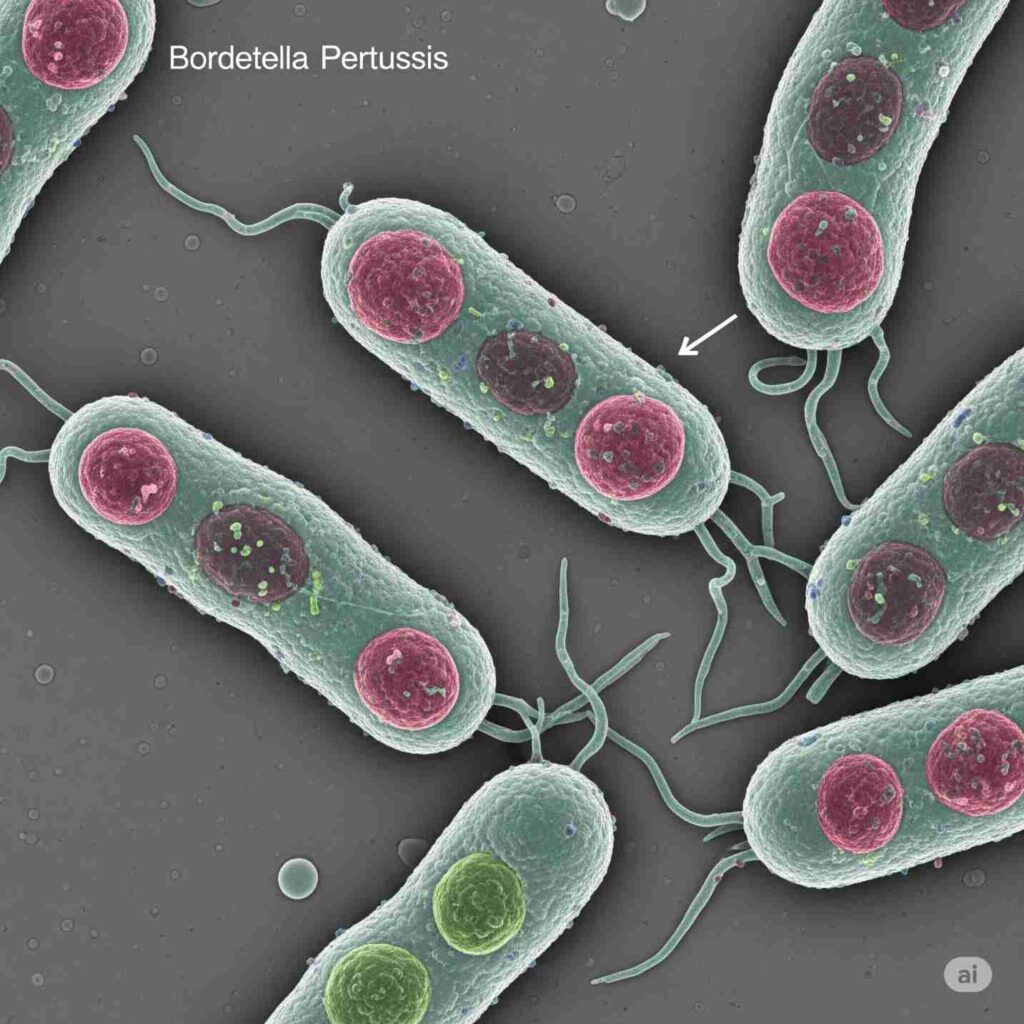
The Public Health Imperative: Why Pertussis Remains a Concern
Despite the availability of effective vaccines, whooping cough remains a public health concern in the USA. Factors contributing to this include:
- Waning immunity: Protection from both natural infection and vaccination decreases over time, necessitating booster shots.
- Under-vaccination: Pockets of under-vaccinated individuals or communities can allow the bacteria to circulate and cause outbreaks.
- Adaptation of the bacteria: While less significant than vaccine hesitancy, there is ongoing research into whether the Bordetella pertussis bacterium is evolving.
- Challenges in diagnosis: The initial mild symptoms make early diagnosis and isolation difficult, allowing for broader transmission.
Public health efforts focus on ongoing surveillance, educating healthcare providers and the public about vaccination schedules, and encouraging prompt diagnosis and treatment to limit the spread of the disease. The current focus on whooping cough in the news highlights the continued need for vigilance and adherence to vaccination guidelines.
Conclusion: A Collective Shield Against Whooping Cough
Whooping cough is a serious and potentially deadly respiratory illness, particularly for the youngest among us. While its symptoms can be debilitating and its complications severe, effective prevention is well within our grasp through comprehensive vaccination strategies. By understanding the signs, seeking prompt medical attention, and adhering to recommended immunization schedules—including timely DTaP for children and Tdap boosters for adolescents, pregnant women, and adults—we can collectively build a robust shield against pertussis. This layered approach to immunity, combining individual protection with the power of herd immunity, is the key to safeguarding public health and ensuring that whooping cough becomes a rarity rather than a trending concern in the USA.
Disclaimer
Important Note: This article is intended for general informational purposes only and does not constitute medical advice. It is not a substitute for professional medical diagnosis, treatment, or advice. Always seek the direct advice of your physician or other qualified health provider with any questions you may have regarding a medical condition.
The information provided here is based on reputable public health and medical sources as cited within the article. However, medical knowledge is constantly evolving, and individual circumstances can vary greatly. Therefore, you should not rely solely on the information presented in this article for making decisions about your health.
Never disregard professional medical advice or delay in seeking it because of something you have read here. If you think you may have a medical emergency, call your doctor or 911 immediately.
Sources and References
The information presented in this article on whooping cough (pertussis) has been meticulously compiled and synthesized from highly reputable medical and public health organizations. The content draws from the expert knowledge and guidelines provided by:
- Mayo Clinic: Provides comprehensive overviews of diseases and conditions, including symptoms, causes, and treatment options.
- Cleveland Clinic: A leading academic medical center offering detailed health information on various diseases and conditions.
- MedlinePlus: A service of the National Library of Medicine (NLM), the world’s largest medical library, providing reliable health information from the U.S. National Institutes of Health (NIH).
- Centers for Disease Control and Prevention (CDC): The national public health agency of the United States, offering authoritative information on infectious diseases, vaccination, and public health guidelines.
These sources are recognized for their commitment to evidence-based medical information and are frequently updated to reflect the latest scientific understanding and public health recommendations.
Recommend Articles:

